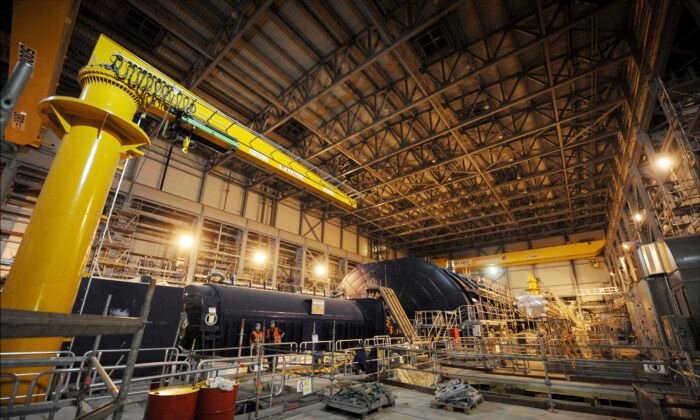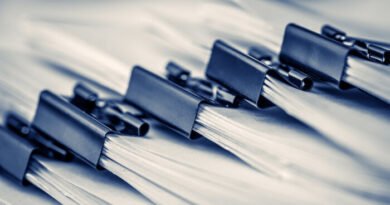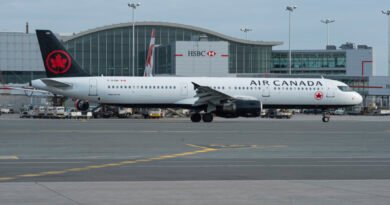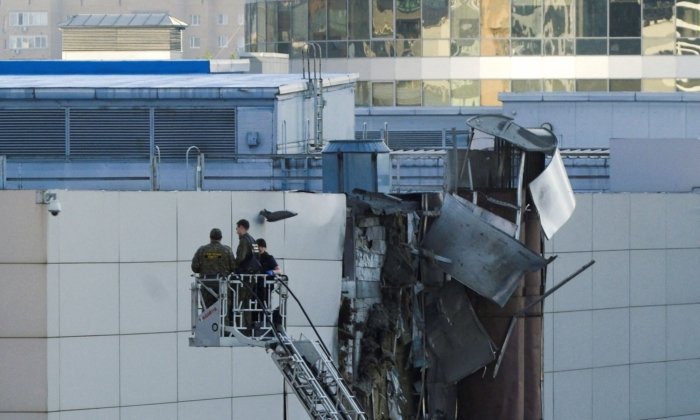Opposition Confirms Plan to Develop 6 Nuclear Power Sites
The new nuclear reactors are likely to be situated on repurposed coal stations to leverage existing transmission infrastructure, sparking caution even among some Coalition MPs.
Opposition leader Peter Dutton has verified that the Coalition’s forthcoming energy policy, expected to be unveiled before the federal budget in May, may encompass six potential nuclear plant locations.
Although the precise sites have not yet been disclosed, Tasmania has already been excluded as a potential host state. Proposals suggest that the reactors could be constructed on the sites of former coal stations to capitalize on the existing transmission infrastructure.
This indicates that the Labor-held seat of Hunter, the independent seat of Calare, and the Coalition-held seats of Flynn, Maranoa, O’Connor, and Gippsland could all potentially be considered for nuclear power plant placement.
During a speech at the Australian Financial Review Business Summit in Sydney on March 12, Mr. Dutton outlined that the Coalition intends to incentivize nearby communities to accept the plants through subsidized energy, a strategy he cited as being utilized in the United States. He also emphasized that this approach would stimulate industry growth and job creation.
“Nuclear power is the only proven technology that emits zero emissions and supports renewable energy,” he stated.
Estimating Costs is Challenging
Energy experts acknowledge that gauging the cost of transitioning to nuclear power is complex, given that the technology is not yet readily available commercially.
However, Mr. Dutton dismissed what he characterized as “straw man arguments” against nuclear power, including concerns about cost.
“Australia’s energy mix consists of approximately 21 percent gas, 47 percent coal, and 32 percent renewables. In contrast, Ontario province in Canada utilizes 5 percent gas, 35 percent renewables, and 60 percent nuclear. South Korea relies on 30 percent gas, 30 percent coal, and 30 percent nuclear, with most of the remainder being hydroelectric power… Australian residents pay nearly double the amount that residents of Ontario and South Korea pay,” he remarked.
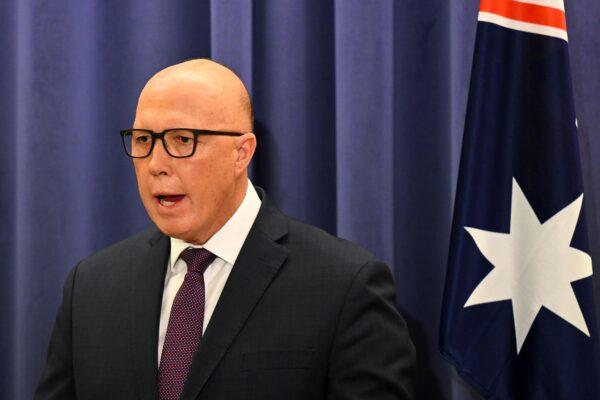
He contended that nuclear reactors generate a “minimal amount of waste” and mentioned that the government had already committed to addressing nuclear waste through the AUKUS agreement.
However, Australia has thus far failed to effectively manage this issue. The Australian Radioactive Waste Agency (ARWA) discovered 2,061 cubic metres of intermediate-level waste in 2021, compared to 1,771 cubic metres in 2018. Projections indicate an anticipated increase to 4,377 cubic metres over the next 50 years, in contrast to the 3,734 cubic metres projected in 2018.
Intermediate-level waste originates from nuclear medicine procedures such as imaging, scanning, and radiotherapy.
Currently, the waste is stored at over 100 locations, with a substantial portion housed at the Australian Nuclear Science and Technology Organisation (ANSTO) facilities in Lucas Heights, Sydney.
Lack of Expertise in Australia: Roger Cook
Collie, in the southwest of Western Australia, is another potential reactor site, but opposition from the state Labor government would be intense.
WA Premier Roger Cook highlighted last week that, “It’s not feasible to simply place these facilities into an environment and connect them to the grid. Such simplistic ideas are nonsensical.
“Australia lacks experience in nuclear power generation, so we lack the skilled workforce and expertise required to implement such projects.

“What we need to do is acknowledge the reality of climate change and shift our focus to harnessing the abundance of wind and solar resources available to us. There are no quick fixes here; we must put in the hard work to effect change.”
Opinions within the Coalition appear to be divided, with MPs representing constituencies that could potentially host new reactors voicing reservations.
Nationals Gippsland MP Darren Chester emphasized that his community would require “direct economic benefits” if it were to house power plants.
Liberal MP for Sturt, James Stevens, cautioned that “Adopting nuclear electricity generation for civilian purposes is not a decision to be made lightly,” adding that constituents rightfully expect answers on how challenges like waste management and plant locations will be tackled.
Elsewhere, Liberal MP Rowan Ramsey, whose South Australian electorate of Grey was previously proposed by the Morrison government as a site for a waste dump in Kimba, expressed that hosting high-level waste was never part of the initial plan.
Jason Falinski, former member for Mackellar and president of the New South Wales Liberal party, noted that nuclear energy is “not currently a priority” but should be “considered as part of the available options for Australian policymakers.”
Government Deems It a Fantasy
The current government has dismissed nuclear power as unsuitable for Australia, citing high costs and lengthy implementation timelines.
During the Labor campaign launch in Launceston recently, Prime Minister Anthony Albanese declared, “For decades, Tasmania has demonstrated that renewable energy is the solution.”
“It’s not a distant dream but a tangible, dependable, and affordable reality. Our government is investing in new projects and job creation, such as green hydrogen in Bell Bay and community batteries in Howrah and Shorewell Park.”
Mr. Albanese derided the Liberals’ “nuclear fantasy” as an excuse for inaction and a delusion.
No Access to Electricity Until the 2040s: Expert
The skepticism expressed by politicians was echoed by Dylan McConnell, a senior research associate at UNSW in the School of Photovoltaic and Renewable Energy Engineering, who believes that the probability of Australia adopting nuclear technology is “very low.”
“If construction on a major nuclear plant, for instance, at the Eraring coal power station were to commence now, the equivalent plant would cost between $70 and $80 billion,” he shared.
The time frame is also a concern for National Party Senate Leader Bridget McKenzie, who highlighted that the United Arab Emirates announced plans to construct four nuclear reactors in 2008. Construction began in 2012, and the final reactor is set to be connected to the grid, 16 years after the project’s inception.

